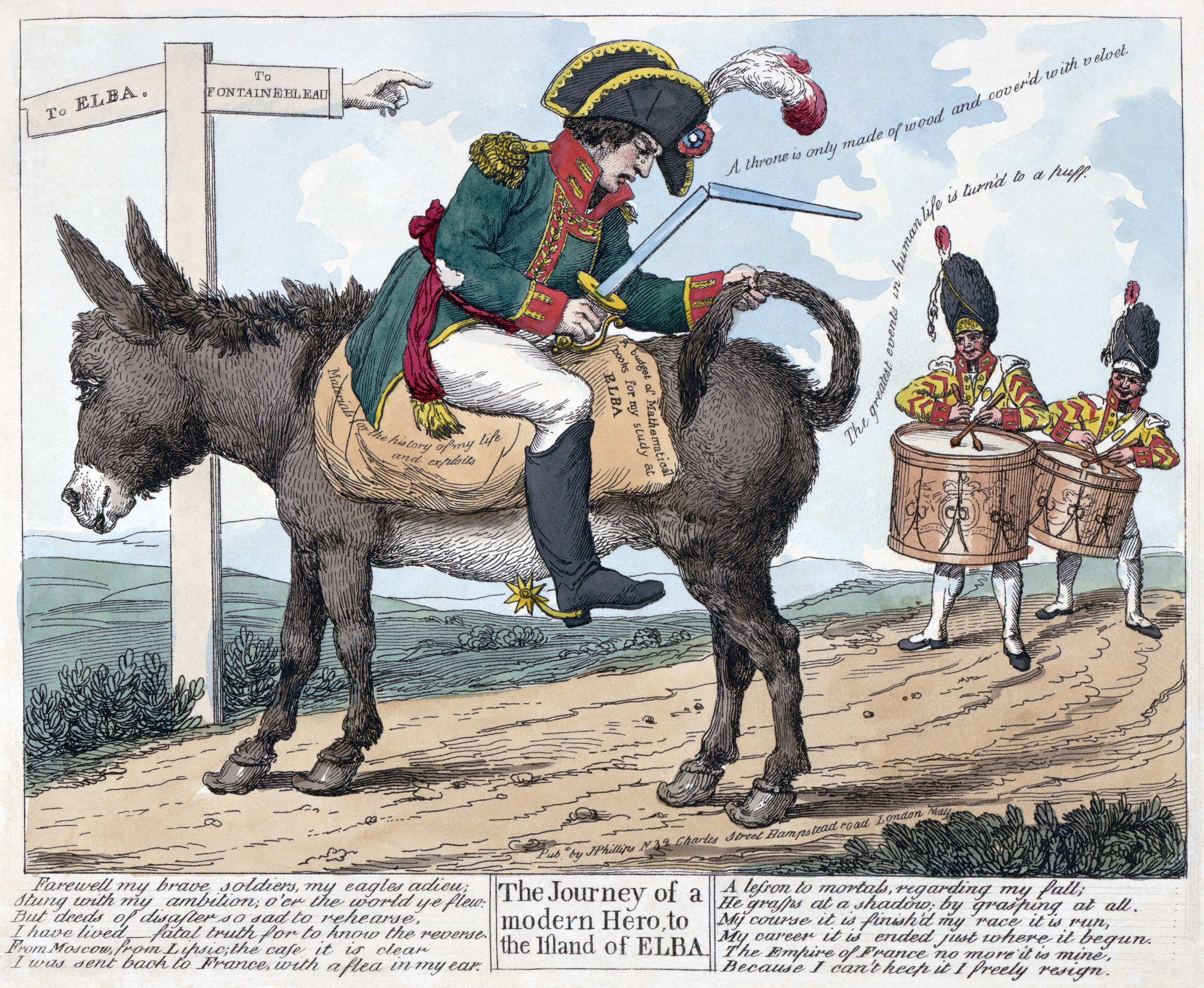 After a discussion over at featured article candidates with an editor who was obviously very well educated and very hardworking, it became clear that more awareness is needed about something that isn't widely taught but ought to be. It's about the ways that historians approach history and it's relevant to the choices Wikipedia editors make when illustrating articles.
After a discussion over at featured article candidates with an editor who was obviously very well educated and very hardworking, it became clear that more awareness is needed about something that isn't widely taught but ought to be. It's about the ways that historians approach history and it's relevant to the choices Wikipedia editors make when illustrating articles.First, let's get the cliches out of the way. They usually turn up soon enough: History is written by the victors and People who fail to learn the lessons of history are doomed to repeat them. Baloney. I promise there won't be a quiz at the end of this blog and you won't have to memorize any dates.
We're talking about pictures. And you're going to have fun, dangit, whether you like it or not.
Have a look at the image that leads off today's post. Here's a closer view if you like. It's not a great piece of artwork on esthetic merits, but it happens to be a French etching from 1789 about the storming of the Bastille. This is a glimpse of how the event was communicated within France the year it happened. And because it comes from closer to the event itself, it's valuable in ways that later representations aren't--even if the later stuff is better artwork. Check out the following depiction of the storming of the Bastille:
 Impressive, and like all good art it's persuasive. It's tempting to believe this presentation, but the painting was created in 1928. Instead of severed heads at the ends of these poles the people wave flags and the whole thing is sanitized enough that somebody's let their children out to watch. It's as if the artist Henri Paul Perrault had forgotten that there was still a king who commanded an army, or that the citizens of Paris barricaded the streets shortly afterward because they feared retaliation.
Impressive, and like all good art it's persuasive. It's tempting to believe this presentation, but the painting was created in 1928. Instead of severed heads at the ends of these poles the people wave flags and the whole thing is sanitized enough that somebody's let their children out to watch. It's as if the artist Henri Paul Perrault had forgotten that there was still a king who commanded an army, or that the citizens of Paris barricaded the streets shortly afterward because they feared retaliation. Here's another romanticized view from 1897 depicting conditions within the prison. It's worthwhile approaching this sort of thing with a healthy skepticism because the depiction itself was made more than a century after the prison ceased operation and--perhaps more pertinent--both this and the Perrault painting date from the Third Republic and may very well have a political intent to persuade the viewer the revolution in 1789 was a good idea. The point about the prison being inhumane is played up to the limits of credibility, particularly the prisoner's hands grasped as if in prayer and his upward gaze. It implies the mob had God's blessing to rescue him.
Here's another romanticized view from 1897 depicting conditions within the prison. It's worthwhile approaching this sort of thing with a healthy skepticism because the depiction itself was made more than a century after the prison ceased operation and--perhaps more pertinent--both this and the Perrault painting date from the Third Republic and may very well have a political intent to persuade the viewer the revolution in 1789 was a good idea. The point about the prison being inhumane is played up to the limits of credibility, particularly the prisoner's hands grasped as if in prayer and his upward gaze. It implies the mob had God's blessing to rescue him.The basic point here isn't hard to grasp. It could be taught in high school and it's a lot more useful than the piles of names and dates that most people forget the week after the test. Getting close to the original sources is a useful thing to do. The instruction of history has some very strange customs: it usually isn't until the upper division undergraduate level that anybody explains the basics of how history is done. That means most people--even ones who are generally highly educated--never learn it at all. Of course a little knowledge is a dangerous thing and Wikipedia has a no original research policy, but there isn't any reason to deprecate primary sources when the purpose is illustration.
 Now I haven't edited either of the Third Republic images, but I did do a collaborative restoration with Dendodge on the 1789 etching. Here's a thumbnail of the original scan we worked from: faded, a little tilted, a little dirty, and in need of cropping. Our aim was to approximate the appearance of the image when it was new, and I always upload an unrestored version of the files I work on this way, along with a summary of the edits that have been performed.
Now I haven't edited either of the Third Republic images, but I did do a collaborative restoration with Dendodge on the 1789 etching. Here's a thumbnail of the original scan we worked from: faded, a little tilted, a little dirty, and in need of cropping. Our aim was to approximate the appearance of the image when it was new, and I always upload an unrestored version of the files I work on this way, along with a summary of the edits that have been performed.For further reading, see Wikipedia's article on historical method.






